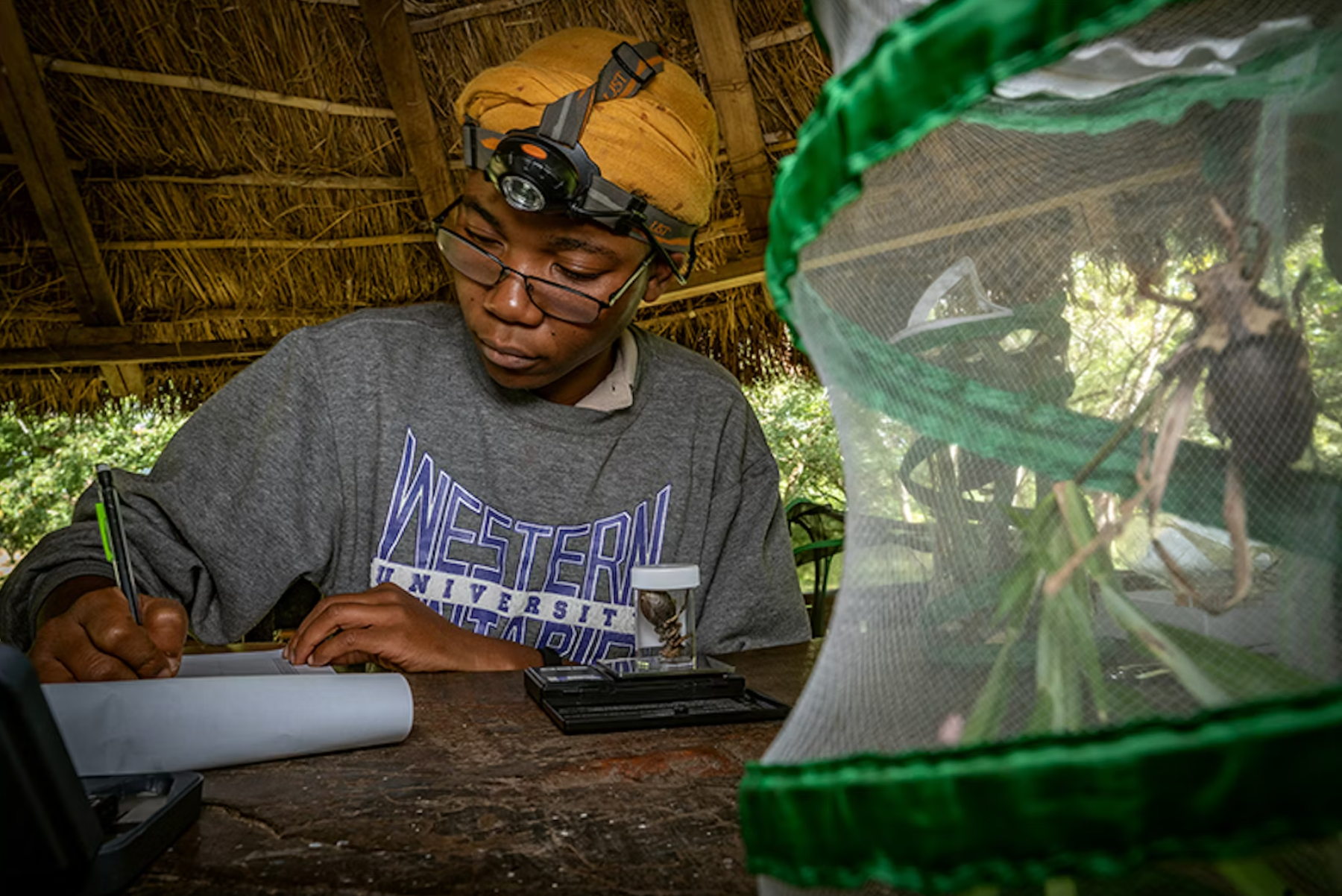The stories featured in Wild Hope will inspire audiences worldwide to discover, elevate, and support efforts of real conservation success. The modern crisis of biodiversity loss is massive, but the solutions are working — and these stories inspire hope that biodiversity can and will be restored.
These values are exceptionally important for today’s students: a generation where despair and ‘eco-anxiety’ are far-too-commonly the dominant discourse. The teams behind Wild Hope have designed the program with educators and classrooms at the center of our efforts and paramount to the success of our movement.
Resources to bring Wild Hope into high-school and entry-collegiate classrooms were developed by our close partners at HHMI BioInteractive, a wildly-trusted and renowned platform for biology classroom resources:
- Educator Guides for each Wild Hope short film (also available on episode pages at both WildHope.tv and HHMI BioInteractive) that dive into key concepts in each story, scientific and cultural backgrounds, and targeted discussion questions about human-caused threats to biodiversity loss.
- The new classroom lesson Designing Solutions to Preserve Biodiversity: a collaborative activity spanning three to four 50-minute class periods where students use Wild Hope stories to explore major biodiversity threats and design, present, and refine solutions for preserving biodiversity.
- The new classroom lesson Analyzing Science Practices and Concepts in Wild Hope: an activity for a single 50-minute class period where students will identify and discuss the science practices and concepts aspects of science used by the people in a Wild Hope film.
All episodes of Wild Hope are available for free worldwide on this website or on YouTube, but exclusively for educational use, the films are also available for download as offline resources. Educators simply need to request those files by using this webform.
Our project aims to reveal how local action can spark powerful change and to provide a fresh dose of “worldwide hope” in an increasingly cynical landscape. Saving biodiversity begins in our own backyards and the solutions lie within everyone’s grasp.
